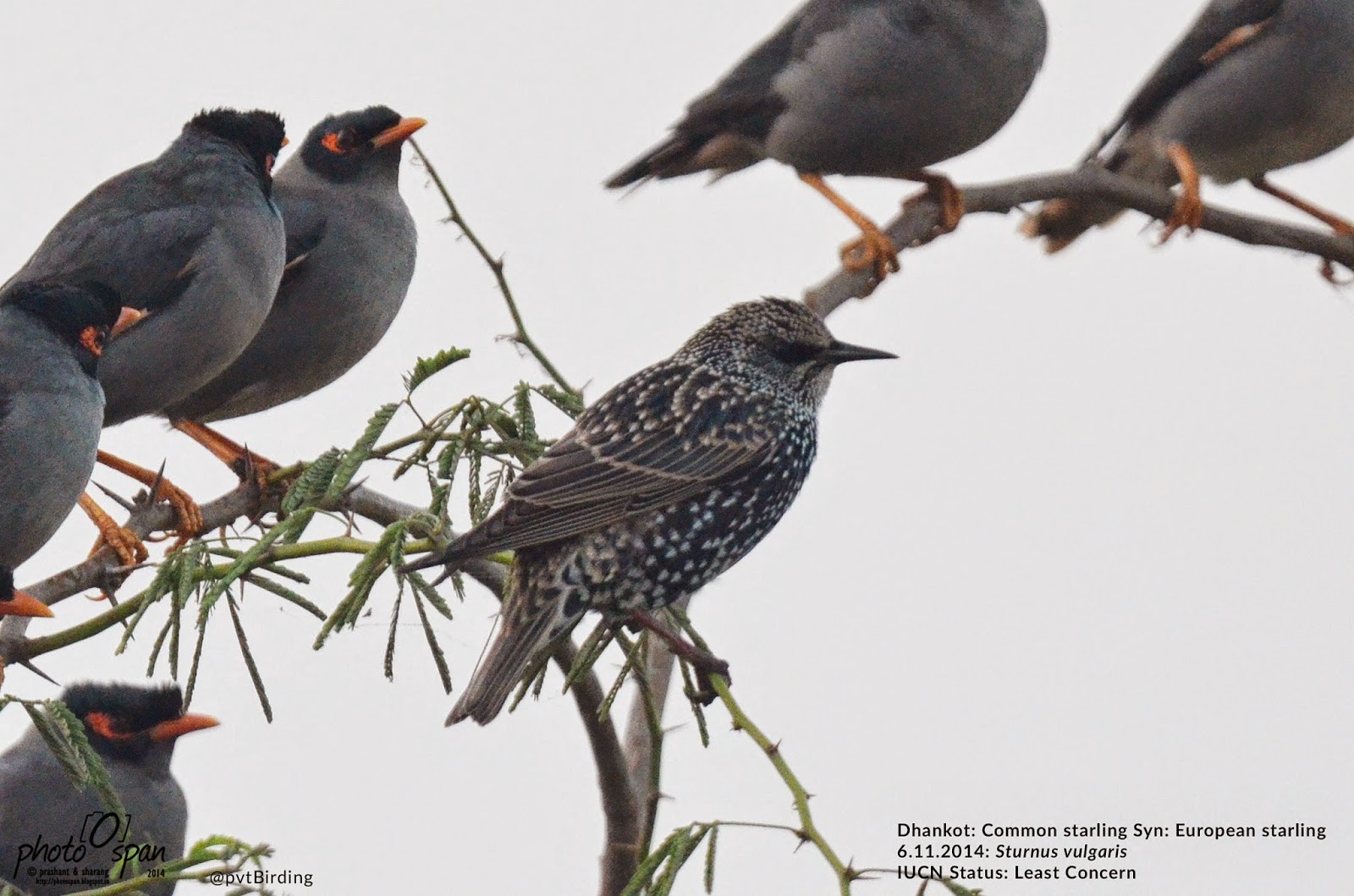 |
Oriental honey-buzzard (Male)
Pernis ptilorhyncus |
 |
Oriental honey-buzzard (Male) with active nictitating membrane
Pernis ptilorhyncus |
Ranthambore,
this time around, was a pugmark better than my previous trip two weeks ago.
Alright, make that many pugmarks – of mother and cubs instead. I didn’t spot a
stripe and neither did mom, son, aunt and uncle, but we spotted a few birds,
reptiles and mammals. In addition to the pugmarks of course. One of them was
this bird:
Oriental
honey-buzzard (Male): Pernis ptilorhyncus
Synonyms:
Crested
honey-buzzard (English); Maduha
(Sanskrit); Shahutela (Hindi); Tena gaddu (Telugu)
IUCN
Status: Least Concern
The appearances are highly
variable in the six subspecies identified.
Main
Features:
1. Long
and broad tail.
2. Narrow
neck.
3. Small
head – usually grayish or grayish-brown.
4. Small
bill.
6. Male
has brown iris – see Plates 1 and 2 above. This bird has an active nictitating
membrane (third eyelid, whitish) which offers additional protection to the eye.
8. Male
has two black tail bands and three dark underwing bands.
9. Female
has three dark tail bands and four dark underwing bands.
10.
Has small crest or hindcrown (clearly visible in
earlier post- Female) at back of head, the size of which is highly variable,
and resembles that of local species of hawk-eagle. This form of mimicry is
thought to be a survival tactic for the protection of the weaker
honey-buzzards.
11. Soars
with flat wings. Silhouette shows a shallow ‘w’ shape.
12.Back is
dark brown to grayish-brown.
13.Underparts
and coverts range from dark brown through rufous to white. May be unmarked,
streaked or barred.
14.Lacks
dark carpal patch on underwings.
15. The six
subspecies of this bird are divided into two main groups – a migrating northern
population with one subspecies – P.p.orientalis,
and a sedentary southern one containing five subspecies, of which, P.p.ruficollis is found here and has a
more pronounced crest/hindcrown than the migrant orientalis subspecies. (The Female Oriental honey-buzzard in my
earlier post belongs to ruficollis
subspecies)
16.Typically
have an undulating, sine-wave-like flight pattern.
17. Have
short bare tarsi, relatively straight claws, adapted to digging and walking.
What do they eat?
Take a
guess! Generally prefer honey-combs along with larvae, pupae and bees or wasps
or hornets inside them, but they are not averse to other elements of a
predatory bird’s diet.
Scaly
feathers around eye and head protect from stings of bees, hornets and wasps it
preys on.
Nests high up in trees. Usually
made of sticks, twigs and leaves.
Photographed at Ranthambore National Park, Sawai
Madhopur, Rajasthan, India on 19.10.2014
along with Mom, Sharang, Aunt Ramani and Uncle
Achyut Ramaiah.
Camera used: Nikon D5100 DSLR with Tamron
150-600mm Lens.
References:
Richard Grimmett, Carol Inskipp, Tim Inskipp (2011). Birds of the Indian Subcontinent (Second Edition). ISBN: 978-0-19-807722-0.
K.N.Dave (2005). Birds In Sanskrit Literature (Revised Edition). ISBN:81-208-1842-3.
-
-





























